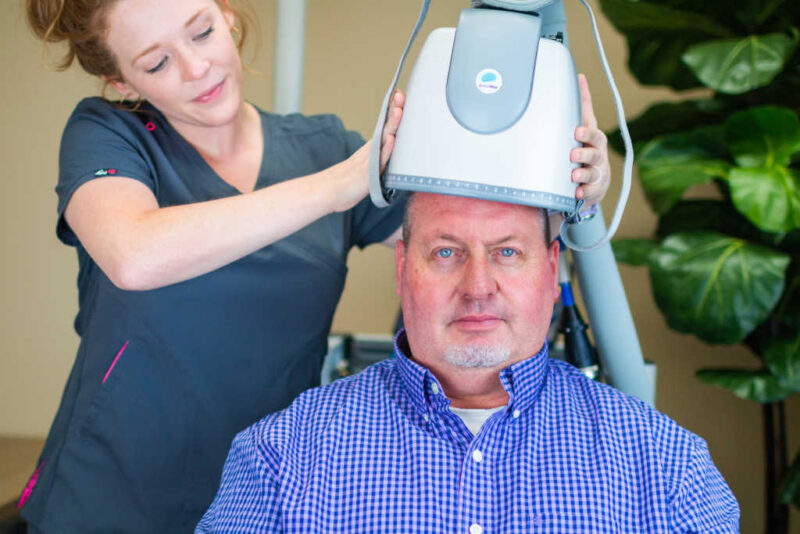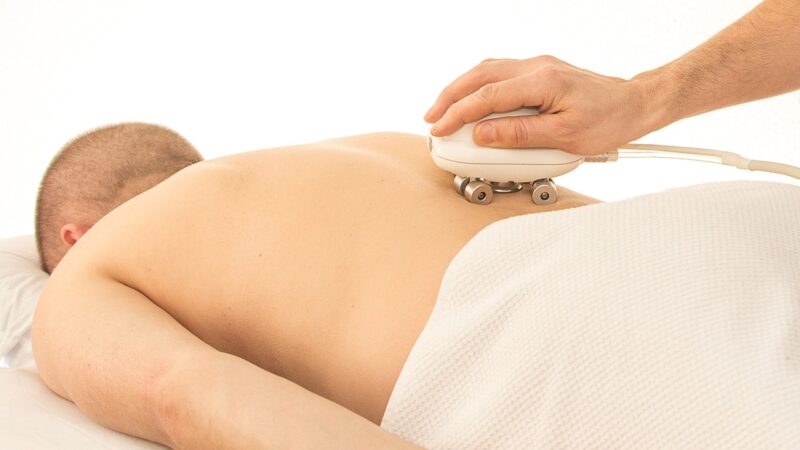Potential Benefits of Deep TMS Therapy That You Must Know

Deep TMS, or deep transcranial magnetic stimulation, is nothing but a non-invasive therapy that uses magnetic waves to stimulate nerve activity in deep corners of the brain. The stimulation of the brain might have pronounced effects on behavior and mood, mental health disorders, and improved signs of major depression.
Deep TMS therapy also provides a creative complementary or effective treatment option to patients who are resistant to other depression treatments such as talk therapy or antidepressant medications. The patient remains conscious in the session, and it is painless.
How TMS Therapy Works?
Deep TMS therapy is done by a TMS healthcare professional. It is an outpatient process, so it might be done in a medical clinic. You don’t have to stay overnight if it is done in the hospital.
Before the process takes place, you have to eliminate items that are sensitive to magnets, such as jewelry.
Here is something you may expect during deep TMS therapy:
- Your physician will tell you to wear earplugs to reduce the striking sound of magnetic impulses. They will make you sit in a comfy chair, and you don’t need any general anesthesia and can be wide awake during the treatment.
- Your physician might place the coil above the front side of your brain and will start the treatment.
- If it is the first time, your physician may measure your head to consider where to keep the magnetic coil. They will also take other measurements to customize the settings on the deep tms machine.
- You may hear the sound as the magnetic impulses are released and will get a knocking sensation or feel a tapping under the magnetic coil.
- The treatment might last up to 30 to 60 minutes. You may drive yourself home after the process and get back to your daily routine.
Let us discuss a few of the benefits of Deep TMS therapy that include:

TMS Therapy for Obsessive-Compulsive Disorder (OCD)
Deep TMS might improve signs of OCD or obsessive-compulsive disorder. As per the trusted source, deep TMS is advisable for a person with OCD who has not responded to psychotherapy and medication in 2018.
Also, individuals with OCD have increased activity between the striatum and prefrontal cortex. Hyperconnectivity is linked with serious OCD signs. Deep TMS might be used to stop the activity in this part of the brain and decreases OCD signs.
TMS for Stroke Rehabilitation
There is proof that deep TMS might also aid in stroke rehabilitation. When blood flow to the brain is decreased or blocked, then stroke takes place, allowing brain cells to die. It might result in loss of muscle movement in the long term.
Using TMS after a stroke might promote recovery of the motor. The concept is that the magnetic impulses might alter the activity of the motor cortex, the brain part that controls voluntary movement.
TMS Therapy for Anxiety
As Deep TMS therapy treats psychological disorders such as OCD and depression, it also aids in easing anxiety. These cases lead to anxiety signs.
TMS therapy is also beneficial for GAD or generalized anxiety disorder. There is increased activity in nerve cells in the prefrontal cortex. It also decreases the activity in the region, as per to 2019 study trusted report.






